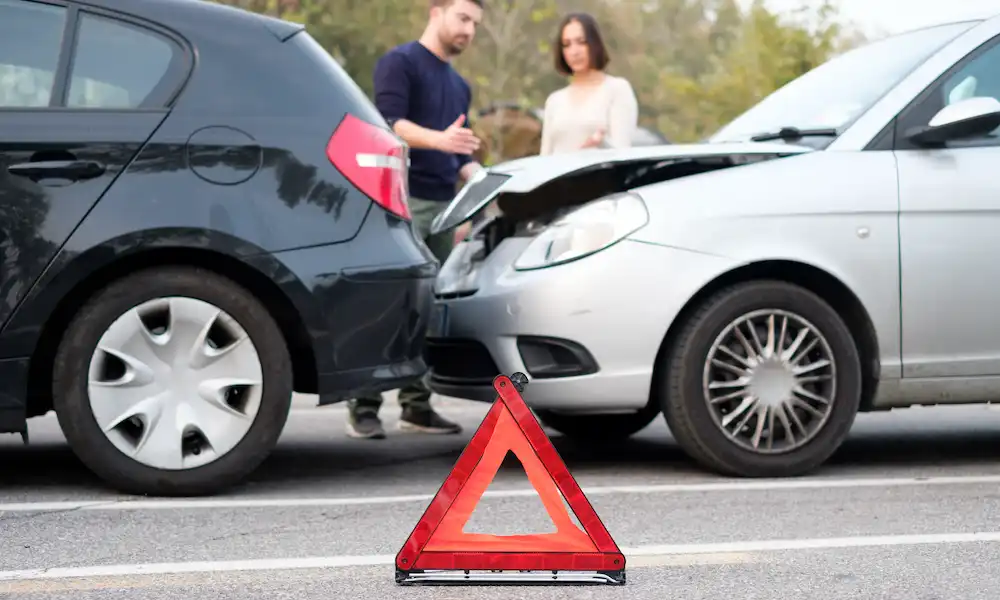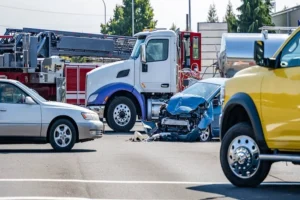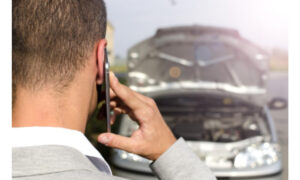
Rear-end and t-bone collisions present distinct liability patterns and injury profiles that require specialized legal strategies for maximum compensation recovery. A skilled Utah Car Accident Lawyer employs different investigative techniques, expert witnesses, and damage calculations depending on whether clients suffered whiplash from following-too-closely incidents or catastrophic trauma from high-speed intersection impacts.
- Rear-end presumption advantages
Rear-end collisions carry strong legal presumptions that following drivers bear fault for failing to maintain safe distances, regardless of front vehicle actions. These presumptions shift the burden to rear drivers and their insurance companies to prove unusual circumstances like sudden stops, mechanical failures, or road hazards that justified their inability to avoid impact. Courts consistently hold that competent drivers should anticipate traffic flow changes and maintain sufficient following distance to stop safely. Insurance companies rarely succeed in overturning rear-end fault presumptions unless they can demonstrate extraordinary circumstances like phantom vehicles causing chain reactions, medical emergencies, or mechanical brake failures with proper maintenance records. Even in sudden lane changes or abrupt stops, rear drivers are primarily liable because reasonable following distances should accommodate unexpected traffic manoeuvres.
- T-bone complexity analysis
Intersection accidents involving t-bone impacts require extensive investigation of traffic signal timing, right-of-way rules, and sight line obstructions that may have contributed to the collision causes. These cases often involve disputed traffic light colors, unclear intersection markings, visibility problems created by parked vehicles, overgrown vegetation, or inadequate lighting that prevented drivers from seeing each other until impact became unavoidable. Professional legal support after an auto accident in Utah includes accident reconstruction expertise that analyzes vehicle speeds, impact angles, and post-collision trajectories to determine which driver entered the intersection unlawfully. Traffic engineering testimony becomes crucial for establishing signal timing, yellow light duration adequacy, and whether the intersection design met current safety standards or contributed to driver confusion about right-of-way priorities.
Injury pattern documentation
- Whiplash and cervical spine – Rear-end impacts create hyperextension-hyperflexion neck injuries requiring specialised orthopaedic evaluation and long-term physical therapy.
- Lumbar spine compression – Sudden impact forces often damage lower back structures through compression fractures and disc herniation.
- Traumatic brain injury – Head impacts against headrests or windows can cause concussions requiring neurological monitoring and cognitive rehabilitation.
- Psychological trauma – Post-accident anxiety, driving phobia, and panic disorders require mental health treatment and therapy documentation.
T-bone collisions typically produce more severe injuries due to limited side-impact protection, often resulting in organ damage, rib fractures, and pelvic injuries that require extensive surgical intervention and rehabilitation. The injury severity differences between accident types influence damage calculations and expert witness requirements for proving long-term medical needs.
Insurance negotiation tactics
- Rear-end collision insurance negotiations focus on damage amounts rather than liability disputes, allowing attorneys to maximise medical expense recovery, lost wage calculations, and pain and suffering awards. Insurance adjusters for rear drivers rarely contest fault but aggressively dispute injury severity, treatment necessity, and future medical requirements to minimize settlement payouts.
- T-bone case negotiations involve liability disputes and damage calculations, requiring stronger evidence packages that prove fault through traffic engineering analysis while documenting extensive injuries through a comprehensive medical evaluation. These cases often involve multiple insurance policies when commercial vehicles or government entities bear partial liability for intersection design defects.
Successfully handling rear-end and T-bone cases requires recognising their distinct legal challenges while adapting investigation strategies and negotiation approaches to the specific liability patterns and injury profiles these collision types typically produce.






